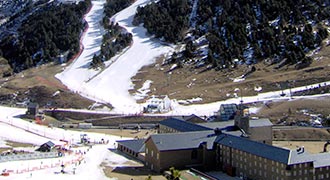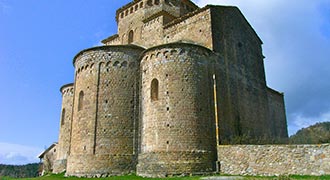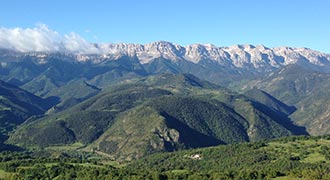Monastery of Santa Maria de Ripoll
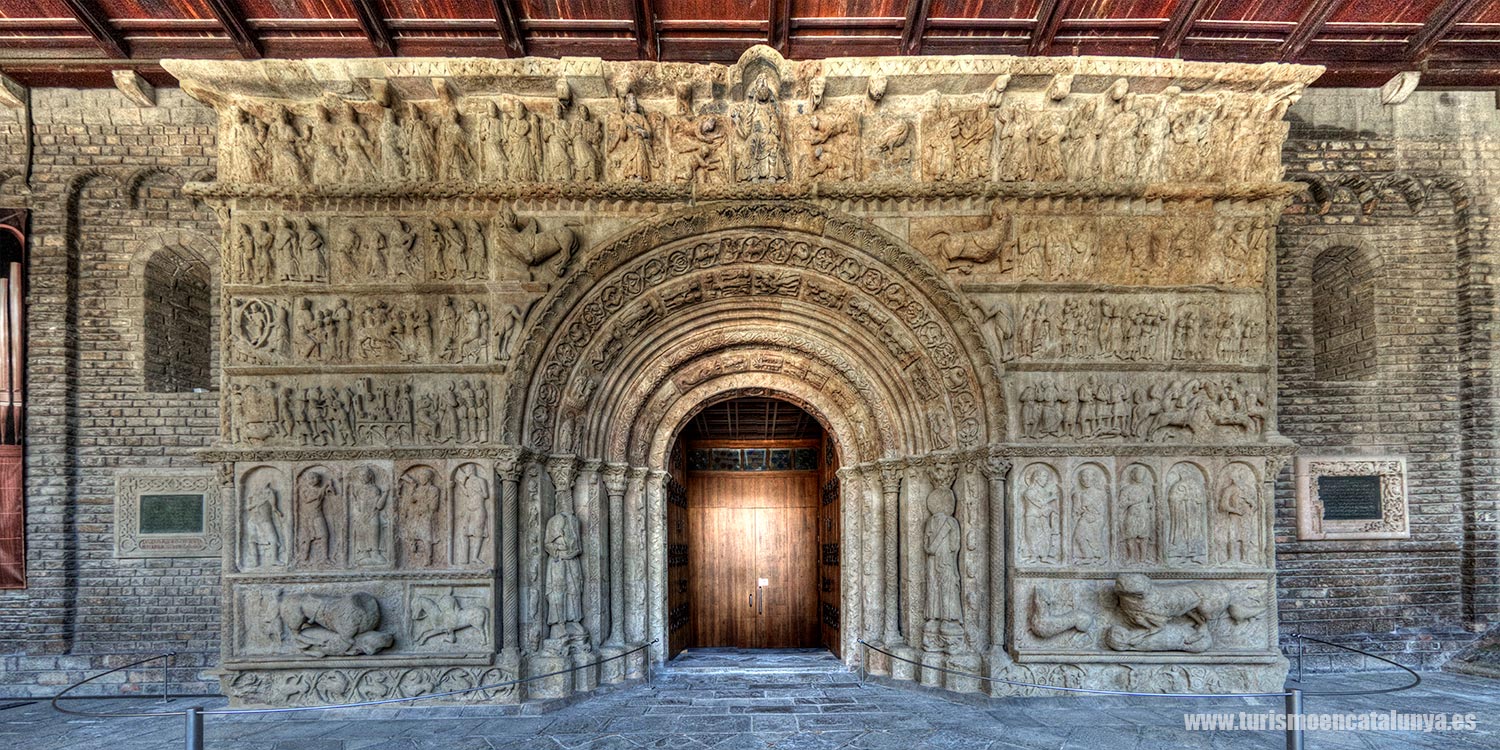
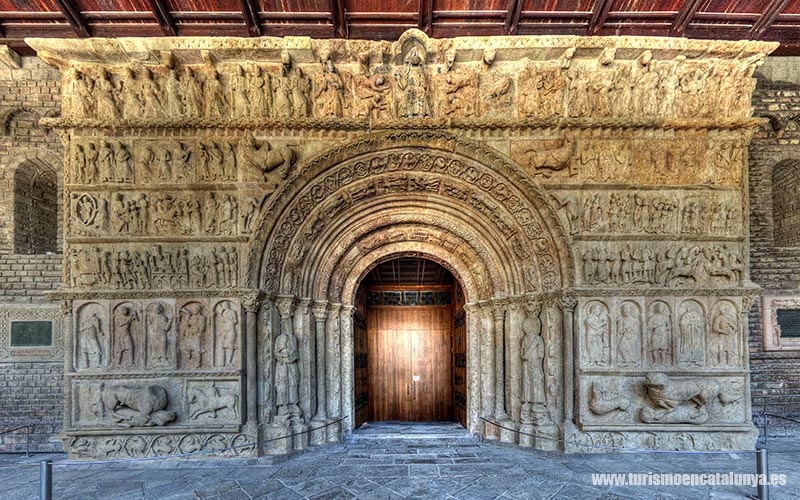
The monastery of Ripoll was founded in the 9th century by Count Wilfred the Hairy and his wife Guinedilda. Over time it became one of the most important religious, cultural and economic centers of the High Middle Ages in Catalonia and pantheon of the dynasty that ruled the Catalan territory until the 15th century. After numerous extensions, at the end of the 19th century the monastery, already abandoned and very deteriorated, it underwent a restoration in neo-Romanesque style directed by the architect Elies Rogent. In the year 1931 the monastery is declared Cultural Asset of National Interest.
Highlights
✔ The extraordinary portico of the mid-12th century, considered one of the great sculptural works of European Romanesque art. Made with blocks of sandstone approximately one meter wide, the porch is conceived as an arch of triumph divided into seven horizontal stripes and is fully sculpted with biblical scenes and vegetal and geometric motifs, that this is why it is known as the Stone Bible. In the center stands the door itself, framed by seven archivolts supported on columns.
✔ The two-story cloister, started in the 12th century and finished in the 16th century. Despite the long duration of the works, the cloister is a unitary and harmonious space. It has a slightly trapezoidal shape and is formed by four galleries with semicircular arches resting on double columns with richly decorated Corinthian capitals.
✔ The county tombs. In the transept of the basilica can be seen the tombs of some of the counts of Cerdanya - Besalú and Barcelona, as the founder himself.
✔ The Interpretation Center, located in the Congregation chapel of the church of Sant Pere, contiguous to the monastery. Using advanced and interactive museographic techniques the Interpretation Center enables visitors to discover the history of the monastery and its importance.
Abat Oliba Square, s/n
Ripoll (Girona) 17500
www.monestirderipoll.cat
informacio@monestirderipoll.cat
Tel.: +34 972 704 203
Summer schedule (April to September)
Monday to Saturday: 10am - 2pm and 4pm - 7pm
Sundays and holidays: 10am - 2pm
August 1 - September 6
Every day: 10am - 2pm and 4pm - 7pm
Winter season (October - March)
Monday to Saturday: 10am - 1.30pm and 3.30pm - 6pm
Sundays and holidays: 10am - 2pm
Christmas holidays
December 25 and 26, January 1 and 6: Closed
December 24 and 31, January 5: 10am - 2pm
